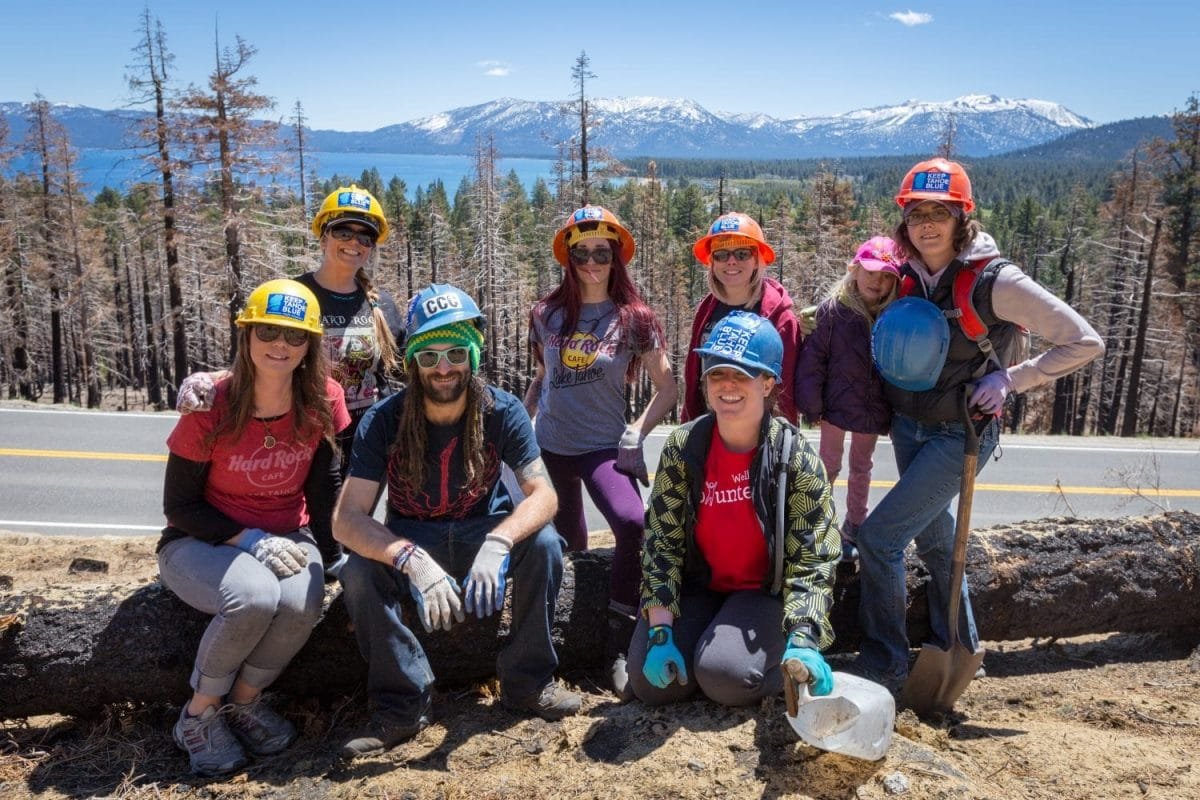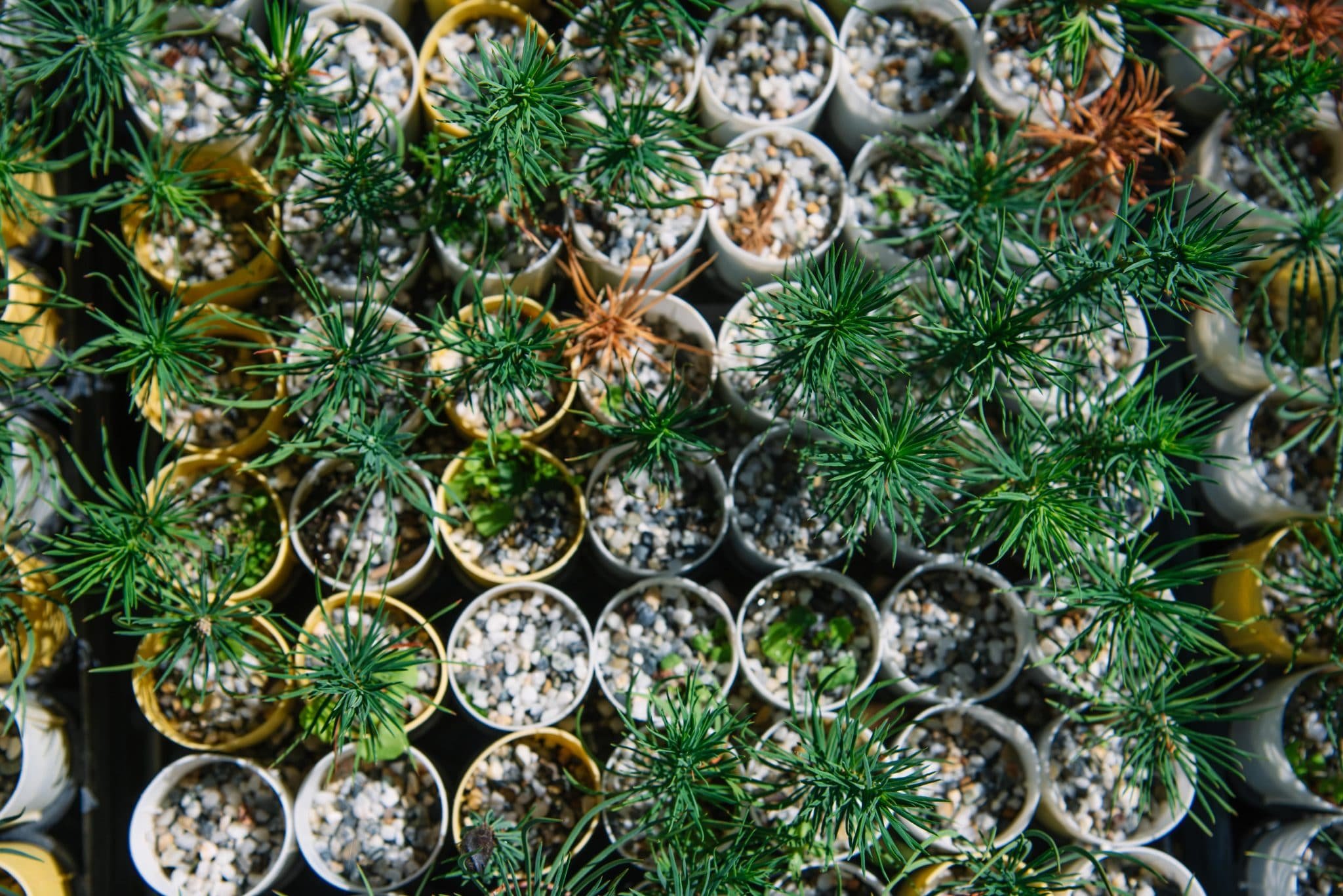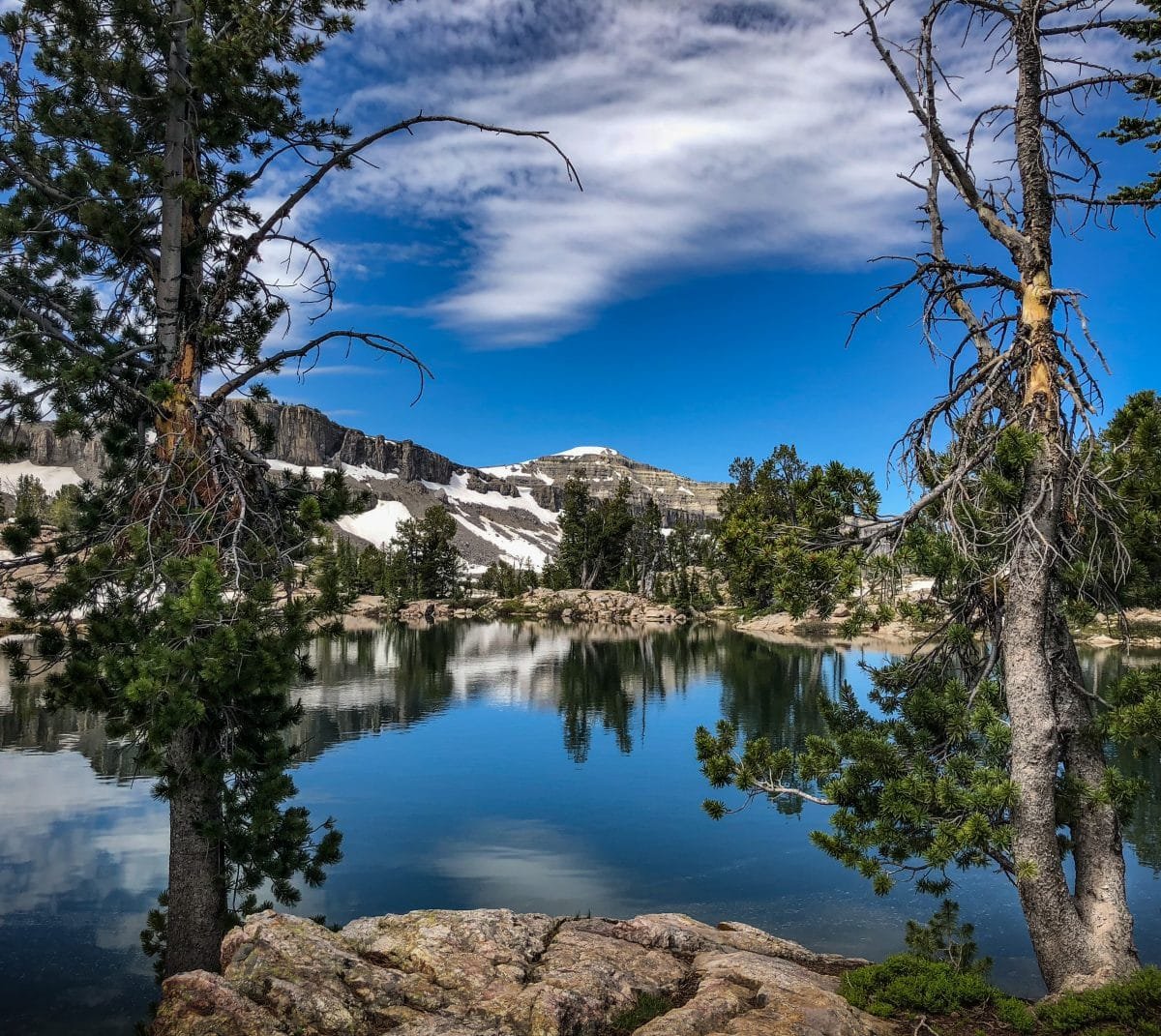
About Blister Rust
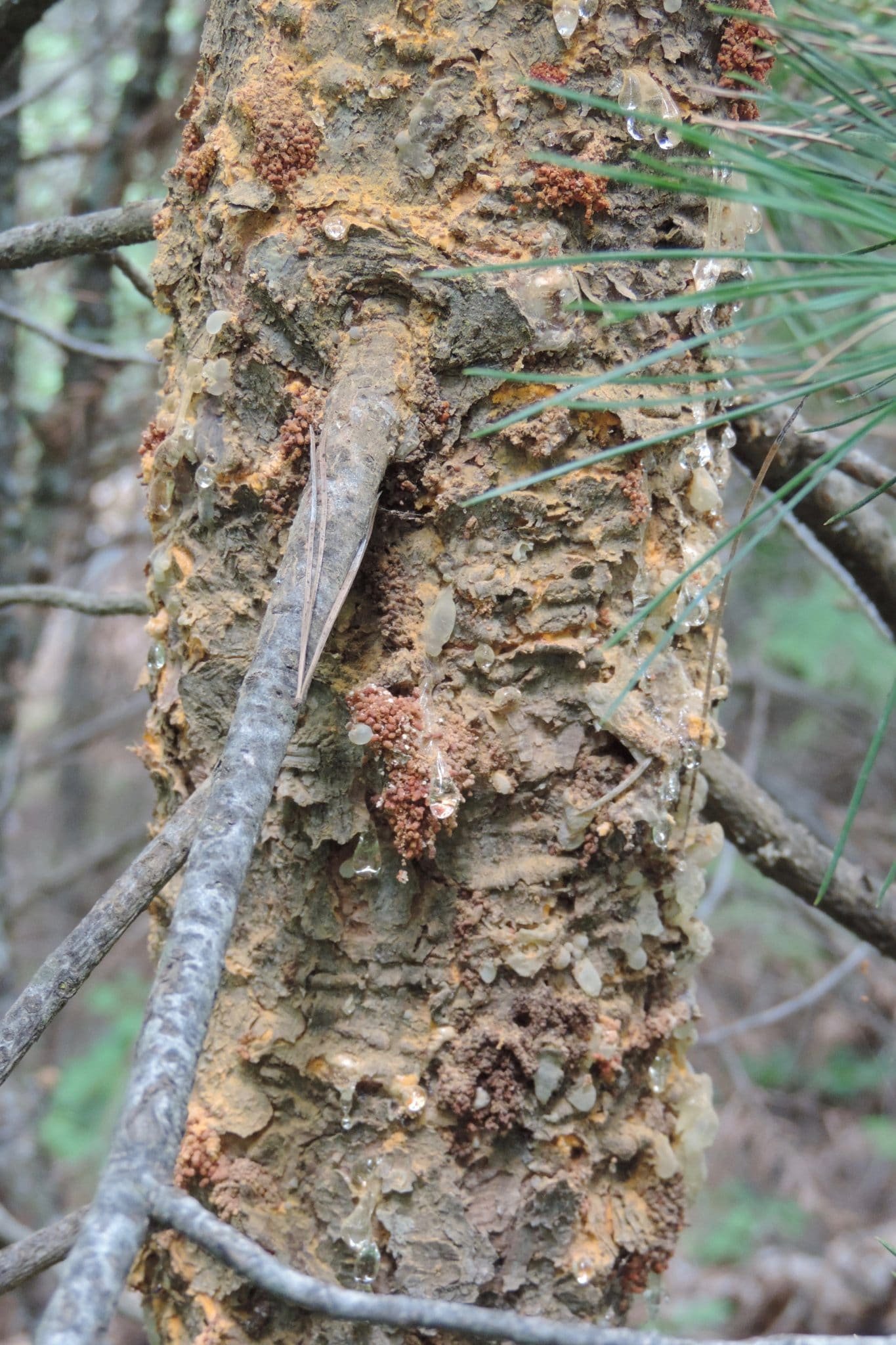
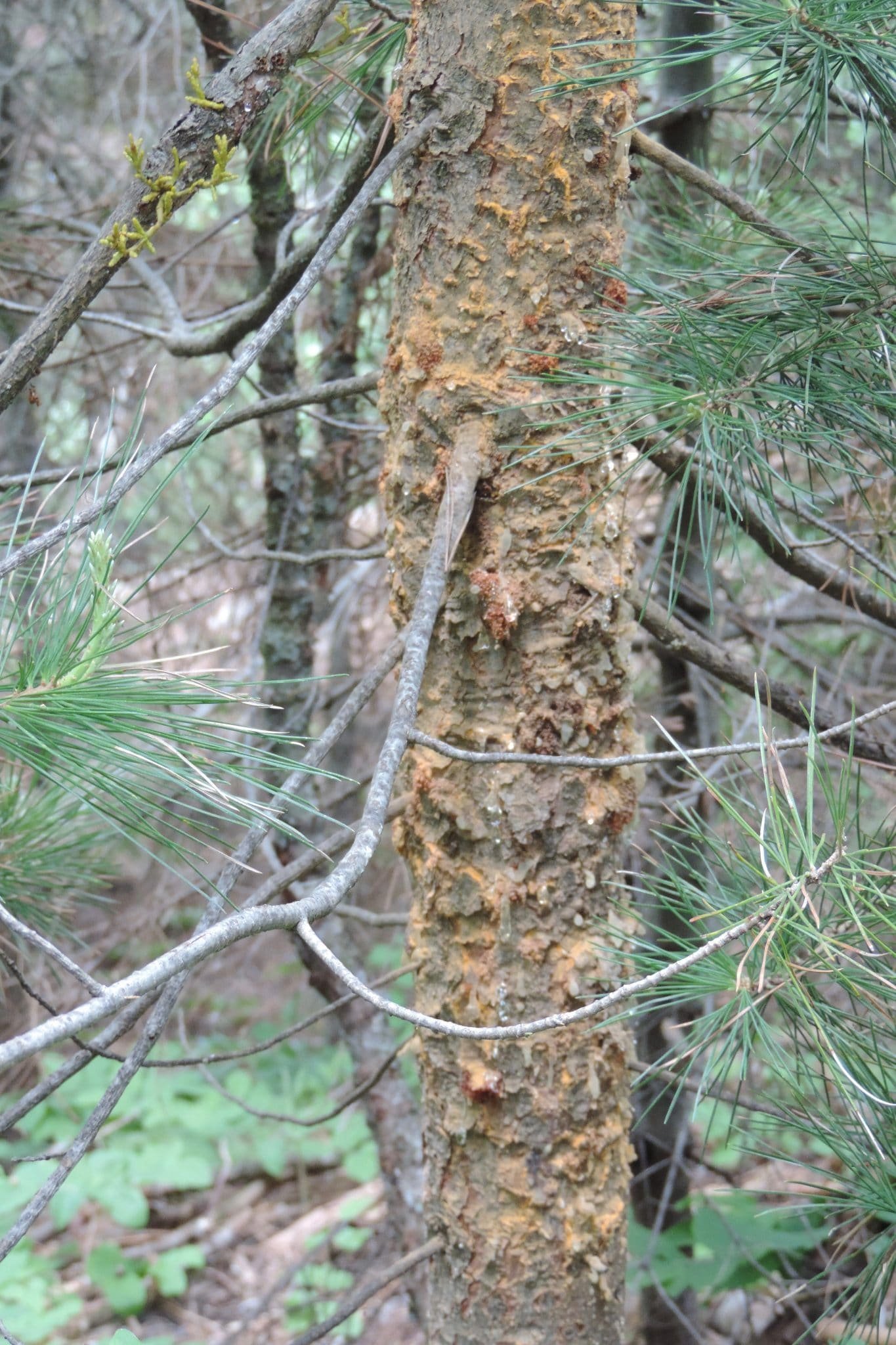
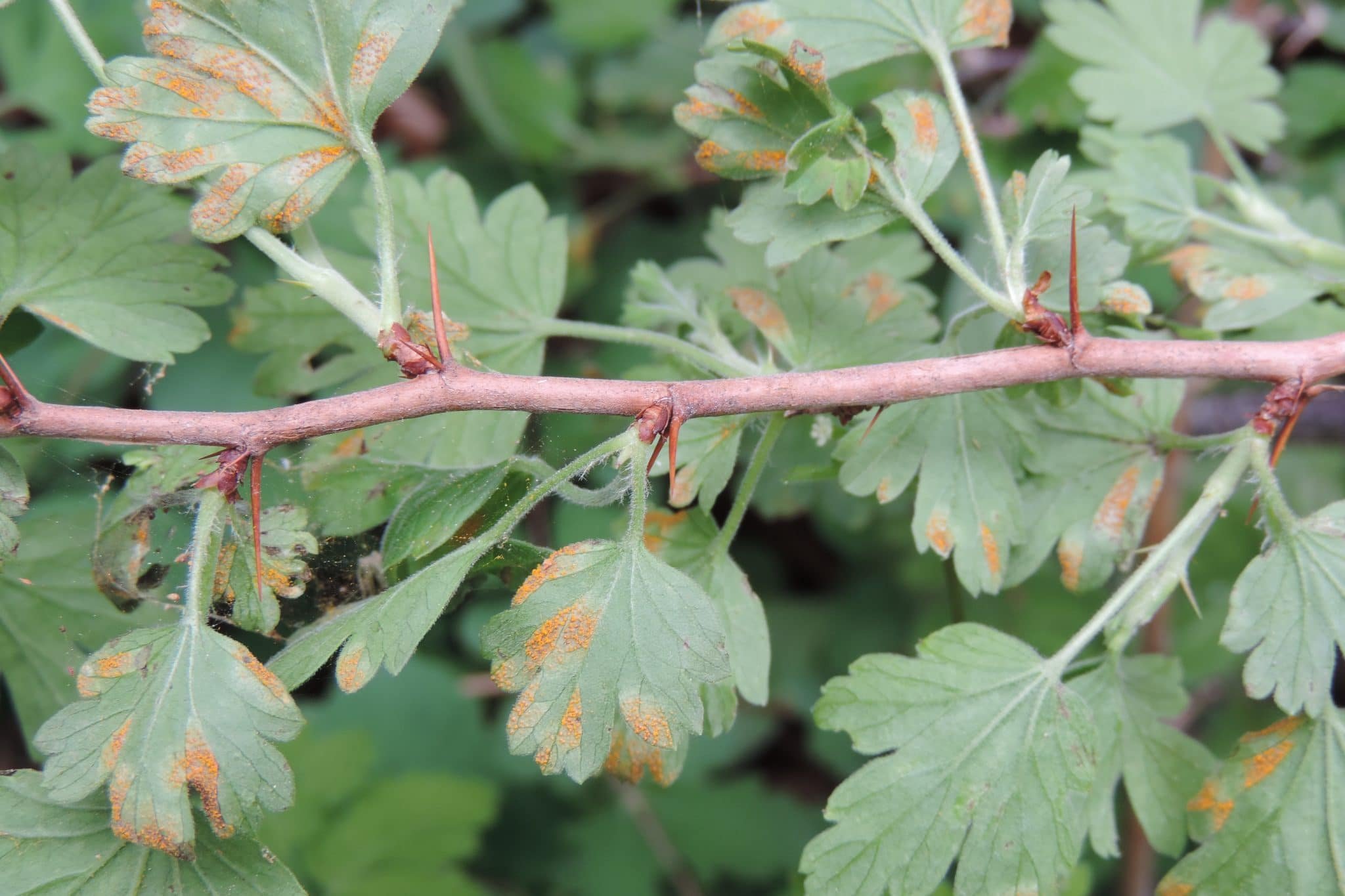
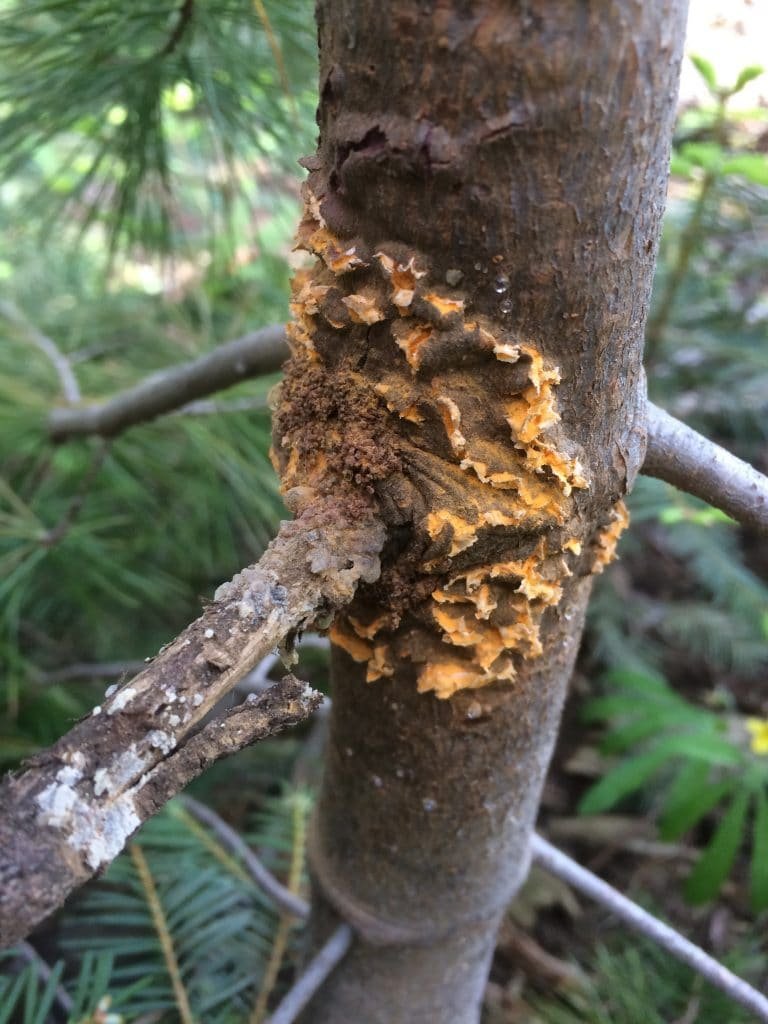
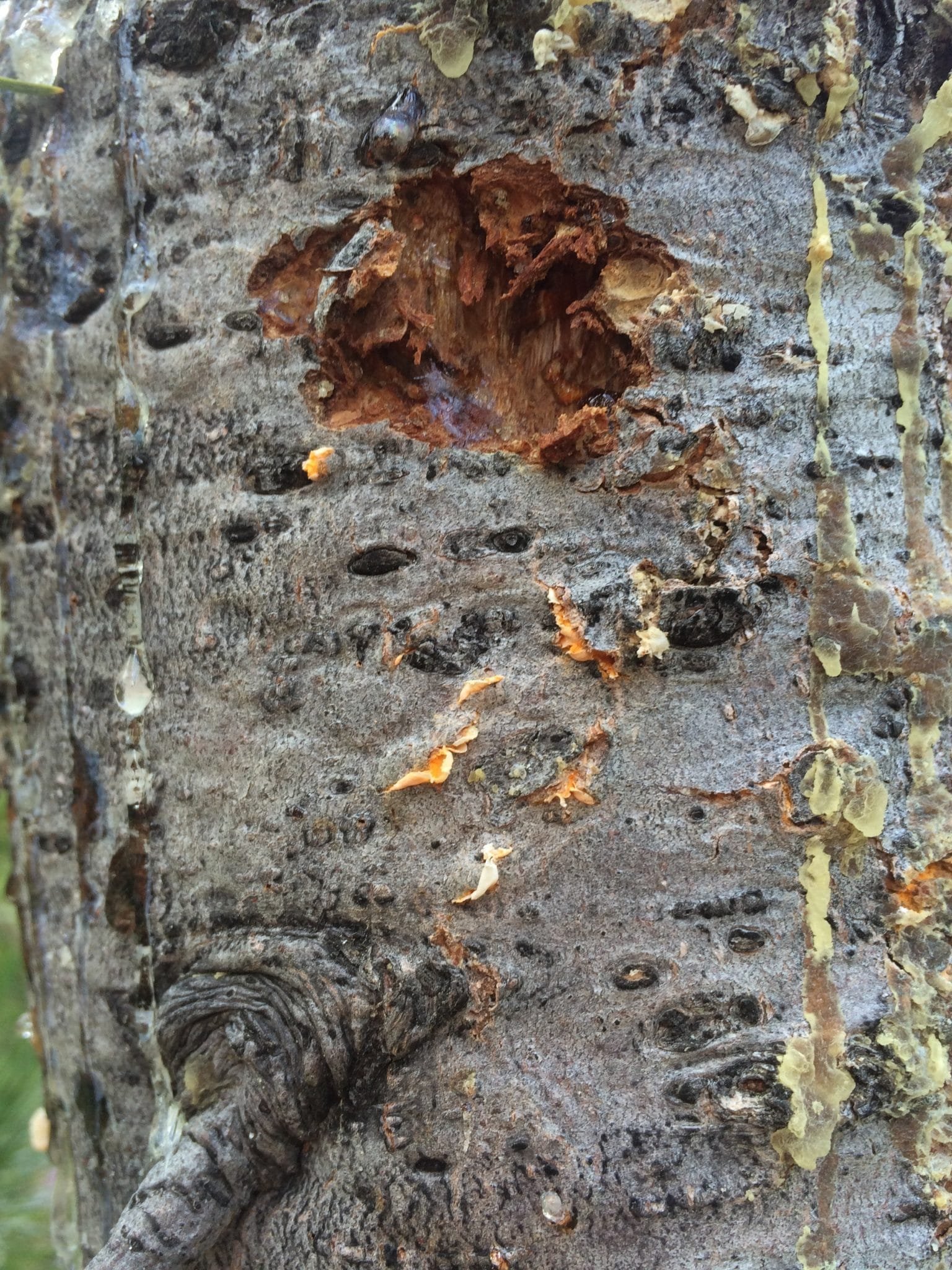
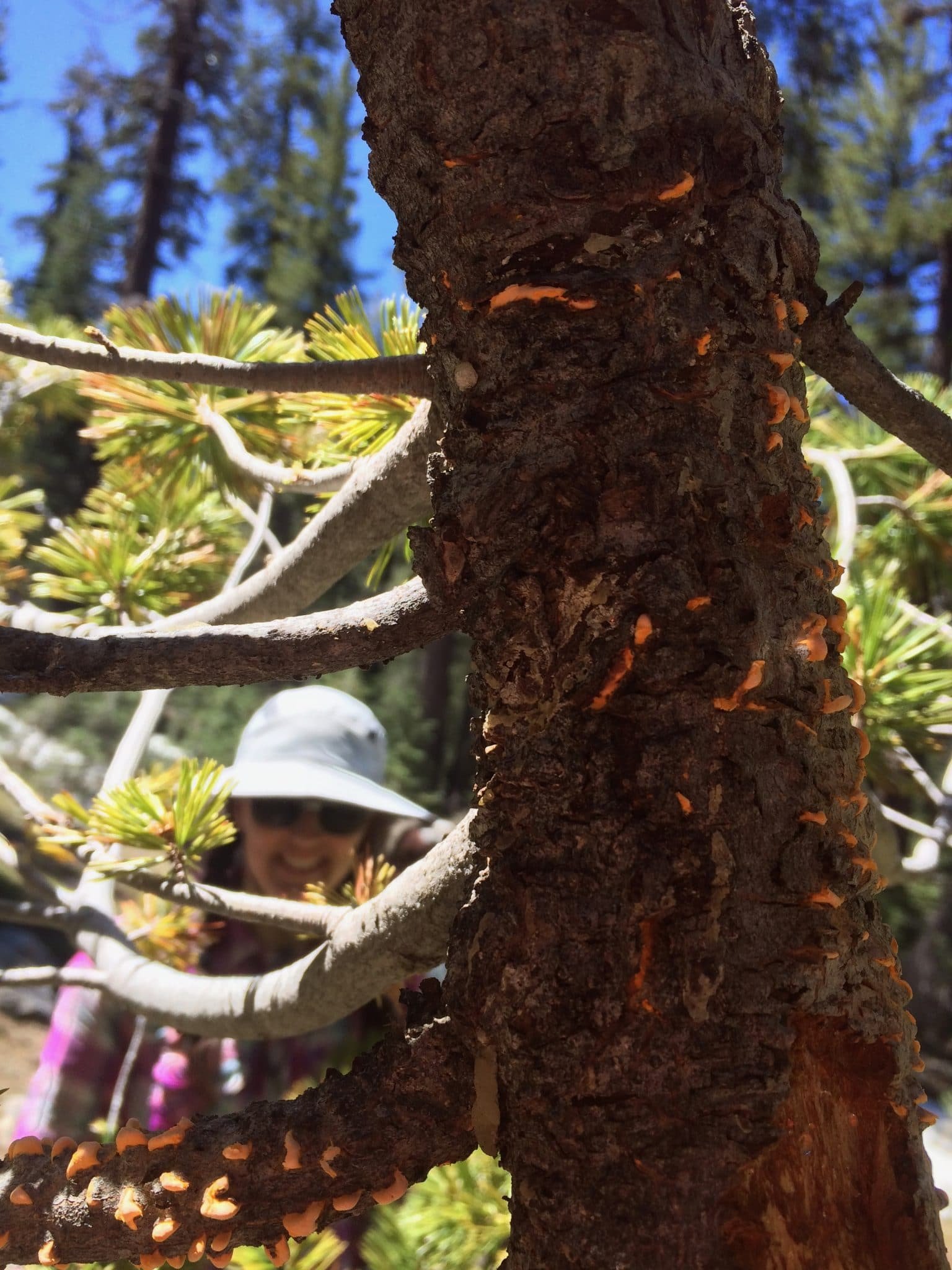
The Problem
White pine blister rust is a fungal pathogen that originated in Eurasia. The fungus was accidentally introduced in North America around the turn of the 20th century by well-meaning Canadian foresters intending to reforest clearcut areas. As there were no nurseries in North America at the time, the Canadians sent their seed to Europe to be germinated and sent back as seedlings for reforestation. Unfortunately, the seedlings harbored a secret stow-away - blister rust - and unleashed a destructive pathogen into the environment. Since the early 1900s, blister rust has been spreading steadily south from Canada. Forests in Canada, Washington, Idaho, Montana and Oregon - as well as on the East Coast - have been devastated in its wake. Blister rust is now an epidemic in California, including in the Lake Tahoe Basin.
White pine blister rust is incurable, killing over 95% of trees it infects.
Map showing distribution and spread of blister rust in North America.
The Solution
Through natural genetic variation, about 3-5% of sugar pines and western white pines possess a genetic resistance to the blister rust fungus. At the Sugar Pine Foundation, we find these Major Gene Resistant seed trees trees, collect their cones and plant their progeny.
To combat blister rust, we plant roughly 10,000 seedlings in and around the Tahoe Basin every year!
Learn more:
What We Do
Learn about our work and why we do it.
About White Pines
Learn how to identify a sugar pine, western white, or whitebark pine.
Our Achievements
See the results of our efforts. Learn about where we’ve planted and how much we’ve accomplished!



